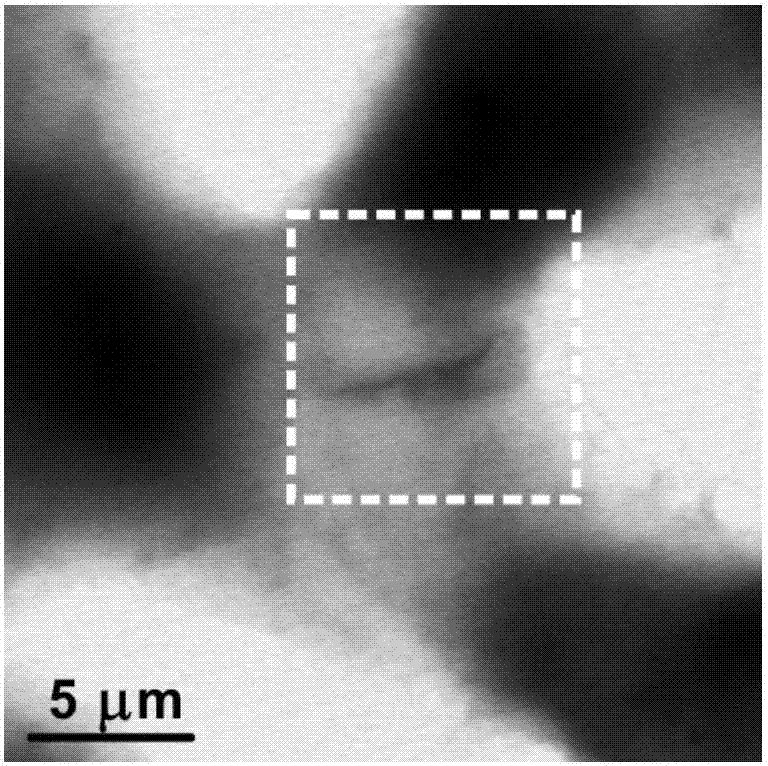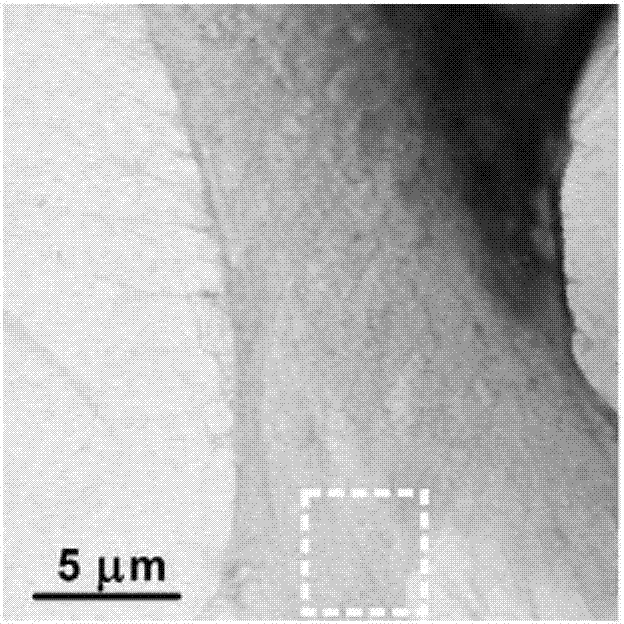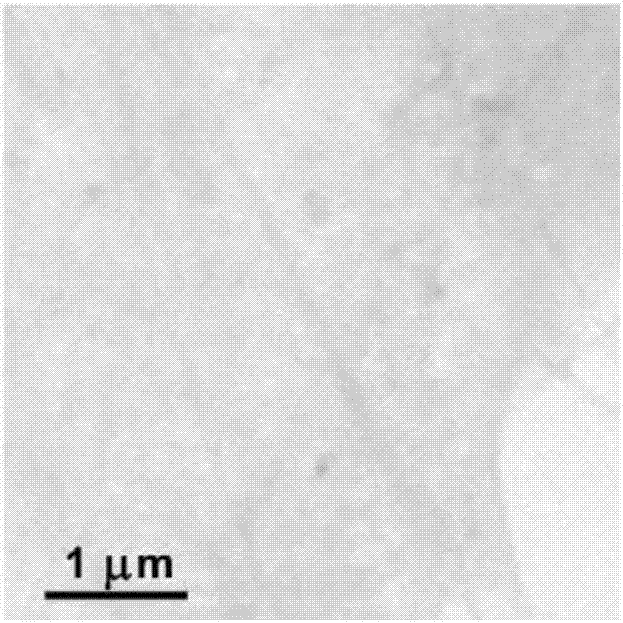X-ray genetic marker probe based on synchrotron light source and preparing method and application thereof
A technology of genetic labeling and synchronizing light source, applied in the field of biochemistry, can solve the problems of inability to recognize and image intracellular biomolecules with high specificity, and achieve the effect of good specificity and good specificity
- Summary
- Abstract
- Description
- Claims
- Application Information
AI Technical Summary
Problems solved by technology
Method used
Image
Examples
Embodiment 1
[0033] Example 1 Preparation of Synchronous X-ray Genetic Labeling Probe and Its Application in Cellular Connexin Imaging
[0034] Construction of pcDNA3-Cx43-APEX2 plasmid. The construction process of the plasmid was carried out by conventional molecular biology methods, as follows: First, according to the human Cx43 protein sequence, its DNA sequence was optimized using human-biased codons and the complete sequence was synthesized. The complete sequence was provided by Shanghai Quanyang Synthesized by Biotech Ltd. The APEX2 sequence was cloned from the pEGFP-APEX2-Tubulin plasmid (Addgene plasmid #66171). A linker sequence was connected between the Cx43 sequence and the APEX2 sequence using the Q5 site-directed mutagenesis kit (purchased from NEB, catalog number E0552S). The Cx43-APEX2 sequence was then cloned into the backbone of the pcDNA3 mammalian expression vector to construct the pcDNA3-Cx43-APEX2 plasmid. Sequence and verify the plasmid sequence. The plasmid seque...
Embodiment 2
[0039] Example 2 Preparation of Synchronous X-ray Genetic Labeling Probe and Its Application in Intracellular Tubulin Imaging
[0040] The pEGFP-APEX2-Tubulin plasmid (Addgene plasmid #66171) was purchased from Addgene. The plasmid sequence is shown in SEQ ID NO:2.
[0041] Culture of HeLa cells. Among them, HeLa cells were purchased from the Cell Bank of the Type Culture Collection Committee of the Chinese Academy of Sciences. MEM (containing 10% FBS) medium, 37°C, 5% CO 2 , cultured in saturated humidity. Put the silicon nitride window in the cell culture plate, sterilized by ultraviolet light, 8×10 4 Cells / well density were seeded and allowed to adhere overnight.
[0042] The pEGFP-APEX2-Tubulin plasmid was transfected into HeLa cells. The liposome Lipo3000 method was used for transfection, and 0.75 μL Lipo3000, 500 ng pcDNA3-Cx43-APEX2 plasmid and 1 μL P3000 were added to each well. After 24 hours, the medium was removed, and 2% glutaraldehyde was fixed in an ice bat...
Embodiment 3
[0044] Example 3 Preparation of Electron Microscopy Genetic Probe and Application Comparison of X-ray Genetic Probe in Simultaneous X-ray Cell Imaging
[0045] The pcDNA3-Cx43-APEX2 plasmid was transfected into HEK293T cells. Wherein, HEK293T cell culture and transfection method of pcDNA3-Cx43-APEX2 plasmid are the same as in Example 1.
[0046] The labeling method of the electron microscope genetic probe is as follows: after the transfection, the culture medium in the well is removed, and the cells are fixed in an ice bath with 2% glutaraldehyde. Add containing 0.03% H 2 o 2 DAB reaction solution, react in ice bath for 1 min. Remove the reaction solution in the well, add 2% osmic acid, and counterstain in ice bath for 1 h. The reaction solution in the well was removed, dehydrated with gradient ethanol, and observed by X-ray imaging simultaneously, the method was the same as in Example 1.
[0047] The labeling method of the X-ray genetic probe and the X-ray imaging observ...
PUM
 Login to View More
Login to View More Abstract
Description
Claims
Application Information
 Login to View More
Login to View More - R&D
- Intellectual Property
- Life Sciences
- Materials
- Tech Scout
- Unparalleled Data Quality
- Higher Quality Content
- 60% Fewer Hallucinations
Browse by: Latest US Patents, China's latest patents, Technical Efficacy Thesaurus, Application Domain, Technology Topic, Popular Technical Reports.
© 2025 PatSnap. All rights reserved.Legal|Privacy policy|Modern Slavery Act Transparency Statement|Sitemap|About US| Contact US: help@patsnap.com



